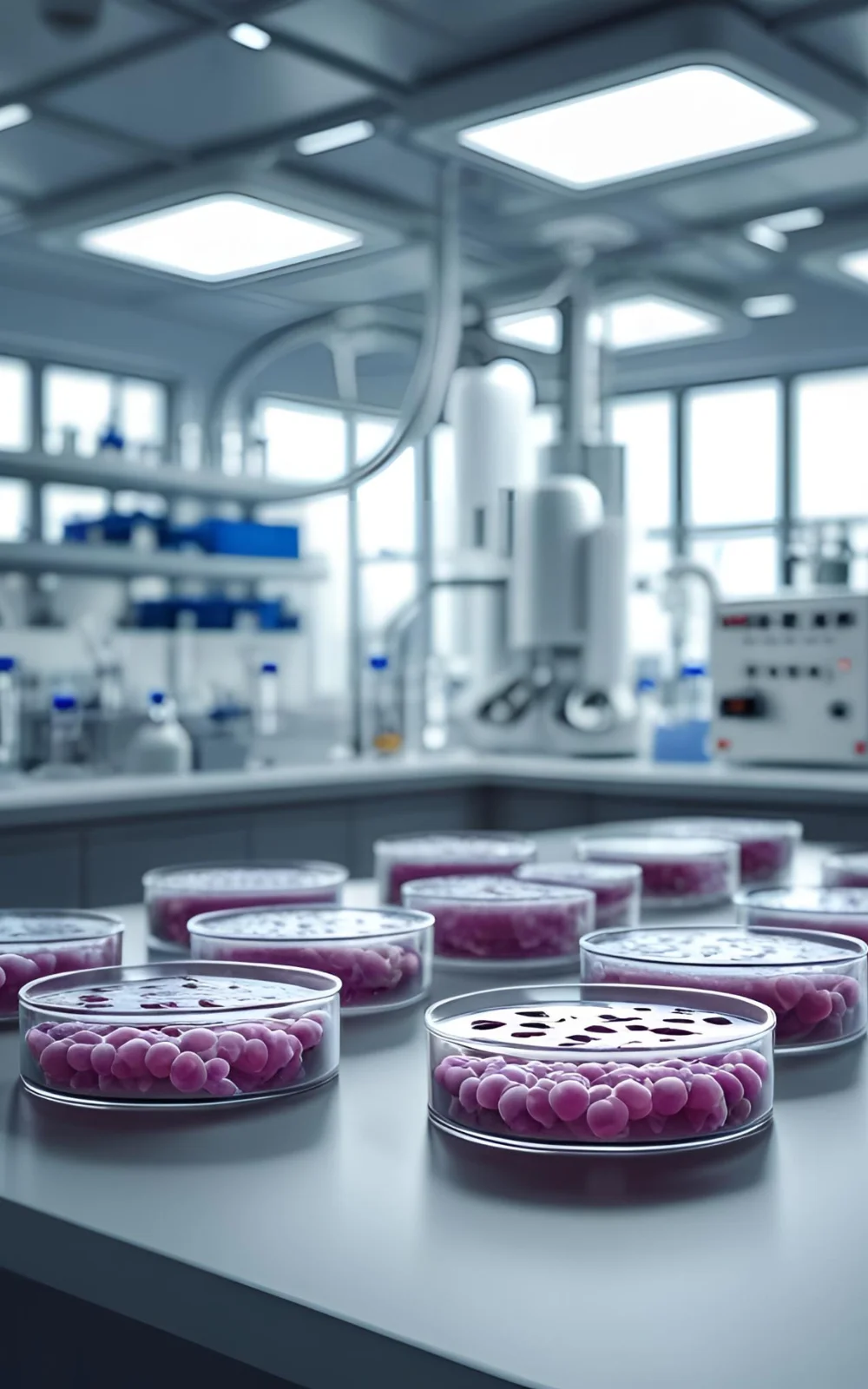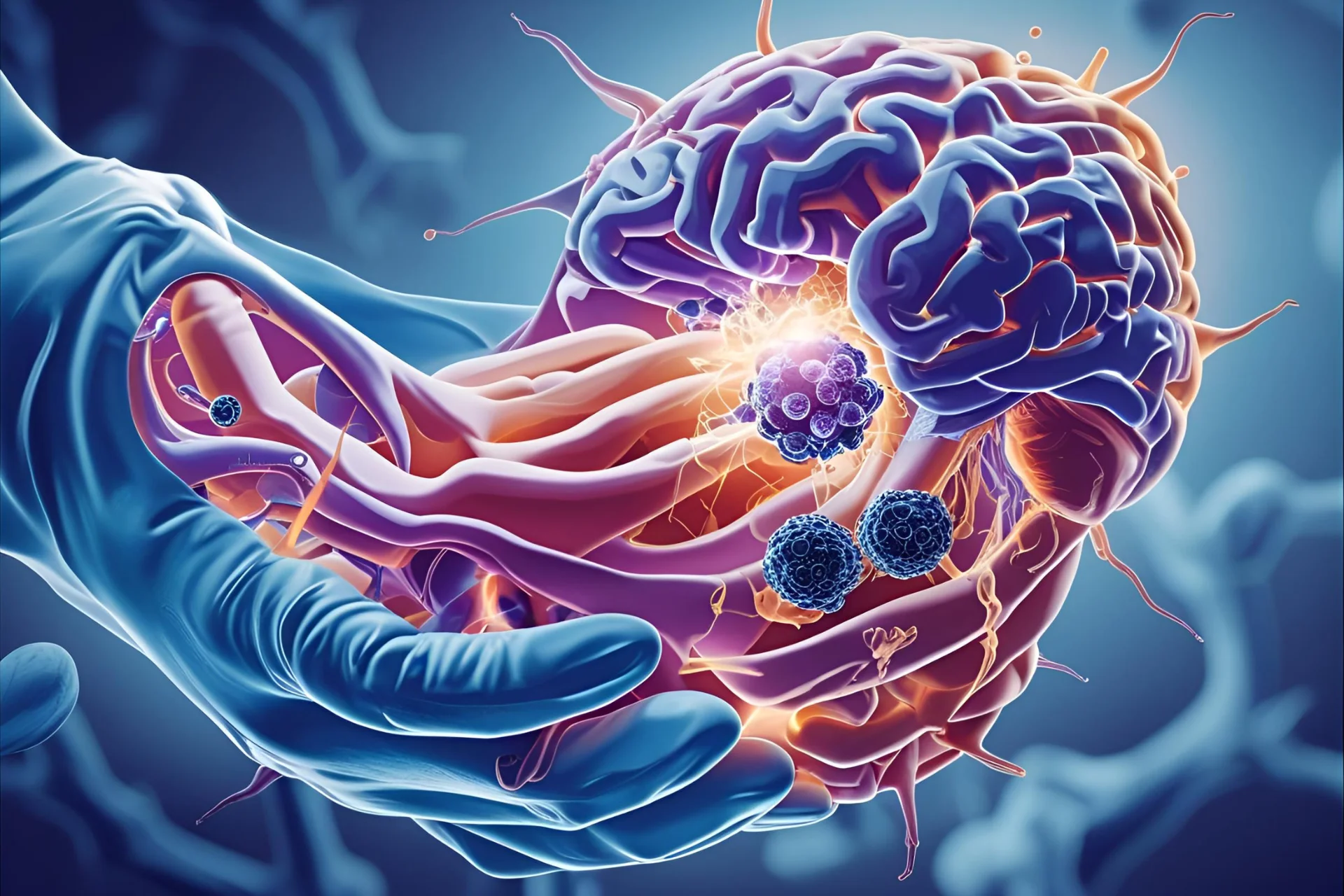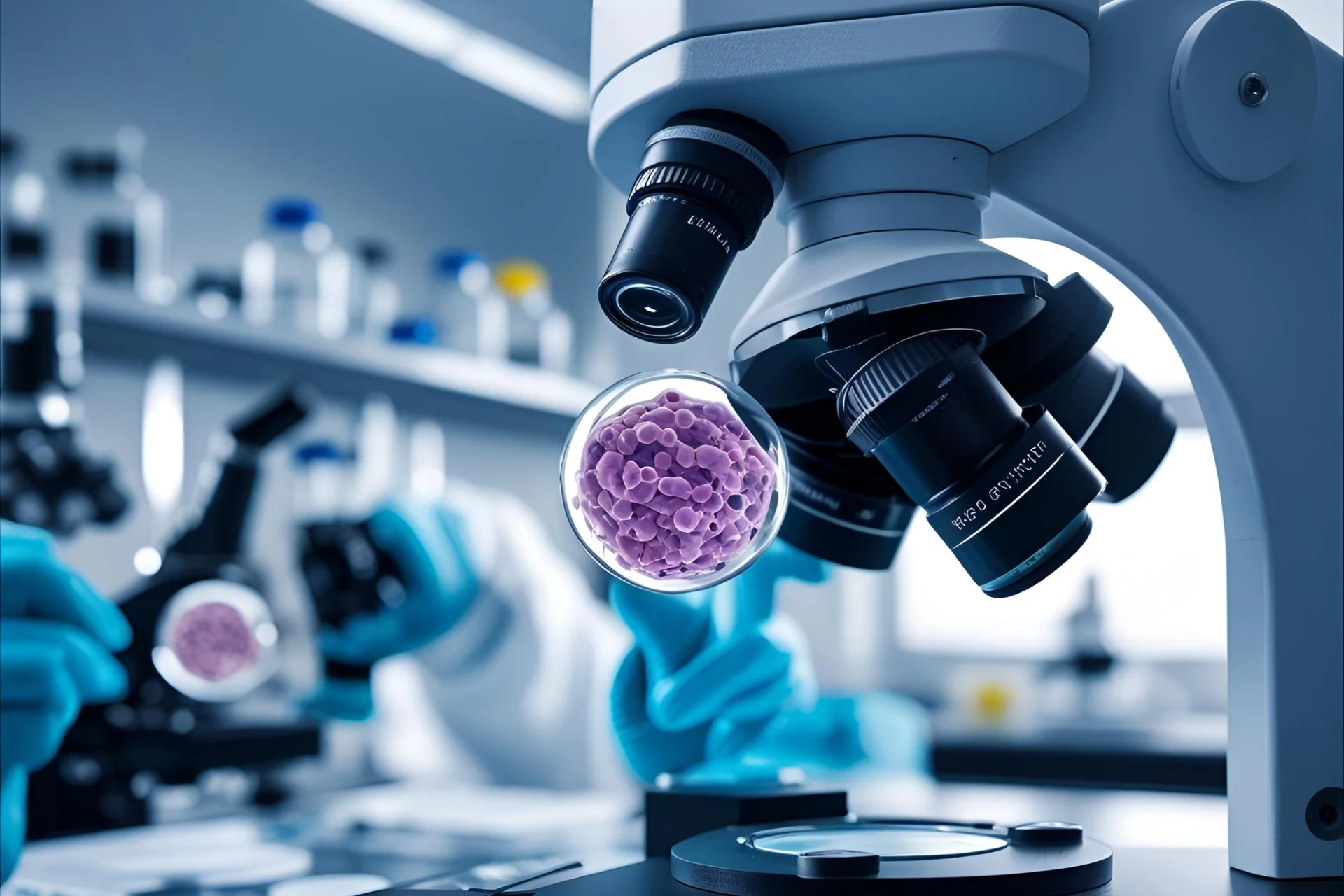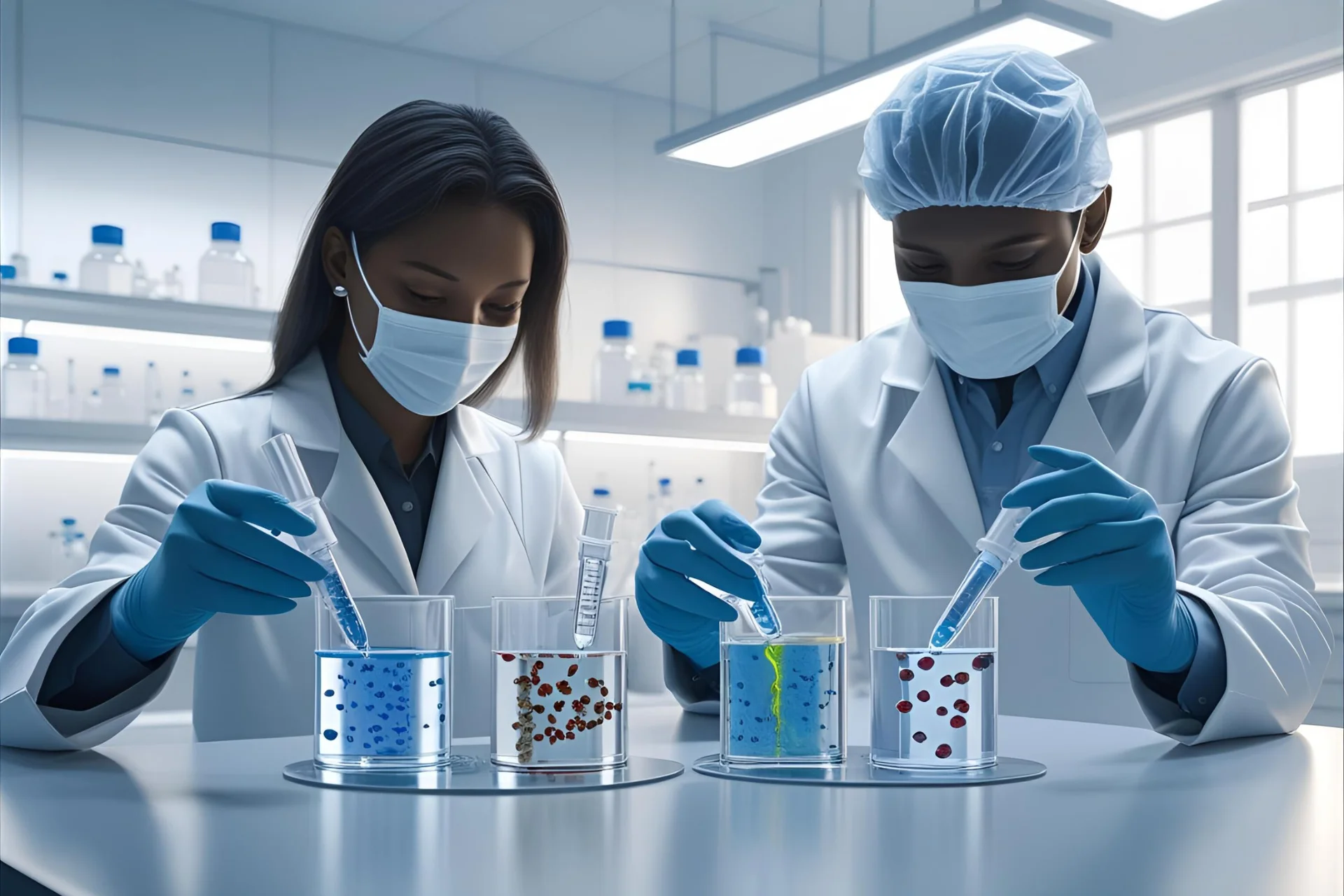Mesenchymal Stem Cell Line: Sources, Culturing, Applications & Future Potential
Mesenchymal stem cell lines are populations of mesenchymal stem cells (MSCs) that have been isolated from human tissue, expanded in the lab (in vitro), and maintained under controlled conditions for research or clinical use. These cell lines are known for their multipotency meaning they can differentiate into various cell types like bone, cartilage, and fat cells.
Because of their self-renewing ability and regenerative properties, human mesenchymal stem cells (hMSCs) are widely used in fields like regenerative medicine, tissue engineering, and immune therapy. Whether sourced from bone marrow, adipose tissue, or umbilical cords, MSC lines serve as a stable, reproducible platform for studying disease, testing drugs, and developing future cell-based therapies.
Where Do MSC Lines Come From?
Mesenchymal stem cell lines can be derived from various human tissues, each offering unique advantages for research and clinical applications. The most common sources include:
Bone Marrow-Derived MSCs (BM-MSCs)
Bone marrow is the traditional and most studied source of mesenchymal stem cells. BM-MSCs have strong osteogenic potential, making them ideal for bone repair and orthopedic research. However, the stem cell isolation protocol from bone marrow is invasive and yields a lower MSC count compared to other sources.
Adipose-Derived MSCs (AD-MSCs)
Adipose tissue (body fat) offers an abundant and easily accessible source of MSCs. AD-MSCs have a high proliferation rate and are commonly used in cosmetic, wound healing, and anti-inflammatory therapies. Their tissue banking and isolation are minimally invasive, often done via liposuction.
Umbilical Cord MSCs (UC-MSCs)
Umbilical cord tissue, especially Wharton’s Jelly, provides young, highly potent MSCs with low immunogenicity. UC-MSCs are considered one of the best sources of mesenchymal stem cells for regenerative medicine and are widely used in stem cell tissue banking due to ethical ease and high yield.
Dental Pulp and Placental MSCs
Dental pulp MSCs are collected from extracted baby or wisdom teeth and show promise in neural and dental tissue repair.
Placental MSCs (from the placenta or amniotic fluid) are ethically sourced, rich in stem cells, and ideal for prenatal banking and fetal tissue research.
Each of these sources plays a vital role in expanding mesenchymal stem cell lines for both preclinical studies and GMP-compliant clinical therapies. Choosing the right source depends on your target tissue, desired differentiation potential, and ethical considerations.

How Mesenchymal Stem Cell Lines Are Cultured and Maintained?
Mesenchymal stem cell lines are maintained through carefully controlled in vitro MSC culture processes that preserve their viability, multipotency, and clinical relevance. Once isolated, MSCs are seeded onto plastic culture flasks where they exhibit plastic adherence and a fibroblast-like morphology, which are hallmark features used to identify these cells during early passages.
To support growth, MSCs are maintained in nutrient-rich growth media often supplemented with fetal bovine serum (FBS), antibiotics, and growth factors. These cells are incubated at 37°C in a humidified atmosphere with 5% CO₂, mimicking physiological conditions.
As the cells proliferate and reach confluency, they are passaged (or sub-cultured) to new flasks. This step ensures continued expansion without triggering senescence. These MSC expansion techniques allow for the generation of large cell populations required for both research and therapeutic applications.
For clinical use, laboratories must follow Good Manufacturing Practices (GMP) to produce GMP-compliant MSC lines. This includes strict protocols for sterile handling, traceability, validated reagents, and quality control testing to meet regulatory standards. These clinical-grade MSCs are essential for cell therapies in regenerative medicine, immune disorders, and clinical trials.
Identifying and Characterizing MSC Lines
Before mesenchymal stem cell lines can be used in research or clinical settings, they must undergo rigorous identification and validation to ensure they retain their multipotent differentiation potential and meet international standards.
Surface Marker Profile
One of the most widely accepted MSC characterization methods involves analyzing the presence (and absence) of specific surface proteins. According to the International Society for Cellular Therapy (ISCT), authentic MSCs must express:
This profile is typically validated using flow cytometry, which allows researchers to label and quantify these markers in cultured cells.
Functional Assays for Differentiation
To confirm their multipotency, MSC lines must be capable of differentiating into three primary cell types:
This process is induced in vitro and validated by histochemical staining and gene expression analysis via PCR or immunocytochemistry.
Stem Cell Quality Control
Ongoing quality control measures are essential for maintaining the integrity of MSC lines. These include:
Whether used for basic science or therapeutic development, robust MSC characterization ensures that the cell line remains consistent, safe, and effective across applications.
Research and Clinical Applications of MSC Lines
Mesenchymal stem cell lines have become a cornerstone in both basic science and translational medicine due to their remarkable therapeutic potential. Their ability to differentiate, modulate immune responses, and secrete bioactive molecules makes them a powerful tool in various areas of research and therapy.

Tissue Regeneration and Wound Healing
MSCs are widely studied for their role in regenerating damaged tissues, including bone, cartilage, skin, and muscle. Their paracrine signaling promotes angiogenesis, reduces inflammation, and accelerates healing making them valuable for stem cell-based therapies in orthopedics, dermatology, and cardiovascular repair.
Drug Discovery and Disease Modeling
MSCs serve as a reliable platform for in vitro drug testing, allowing researchers to study drug responses in a controlled human cellular environment. Engineered MSC lines are also used to model diseases like fibrosis, cancer, and metabolic disorders facilitating the development of new treatments.
Autoimmune Diseases and Immunotherapy
One of the most promising aspects of mesenchymal stem cells in immunotherapy is their ability to modulate immune system activity. MSC lines are being investigated for treating autoimmune and inflammatory diseases such as:
Their immunosuppressive properties make them suitable for both allogeneic and autologous transplantation, with fewer rejection risks compared to other cell types.
Clinical Trials and Therapeutic Development
Hundreds of global clinical trials are underway exploring the use of MSCs in treating:
As demand grows for scalable, consistent cell therapies, GMP-compliant MSC lines are critical in bringing these stem cell-based therapies closer to regulatory approval and market use.
Comparing MSC Lines from Different Sources
Different tissue sources of mesenchymal stem cells offer unique biological properties and clinical advantages. Below is a side-by-side comparison of bone marrow vs adipose MSCs vs umbilical cord-derived stem cells (UC-MSCs) based on key functional and ethical criteria:
Quick Notes:
|
Feature |
BM-MSCs (Bone Marrow) |
AD-MSCs (Adipose Tissue) |
UC-MSCs (Umbilical Cord) |
|---|---|---|---|
|
Proliferation Rate |
Moderate |
High |
Very High |
|
Ethical Sourcing |
Invasive (requires aspiration) |
Minimally invasive (liposuction) |
Non-invasive (medical waste) |
|
Differentiation Efficiency |
Strong for osteogenic and chondrogenic |
High adipogenic potential |
Balanced across all three lineages |
|
Immunogenicity |
Low |
Low |
Very Low (ideal for allogeneic use) |
|
Clinical Preference |
Traditional, well-studied |
Easily accessible, abundant |
Preferred for immunomodulation and neonatal traits |
ATCC® – PCS-500-012™
Lonza® – Human MSCs from Multiple Tissues
RoosterBio® – High Volume MSC Banks
PromoCell® – Human MSC Kits
Donor Variability
One of the key challenges in working with mesenchymal stem cell lines is donor variability. MSCs derived from different individuals even from the same tissue type can exhibit significant differences in growth rate, immunomodulatory function, and differentiation capacity. This makes standardization difficult and can lead to inconsistent experimental or therapeutic results.
Senescence During Expansion
As MSCs are cultured and passaged over time, they can undergo cellular senescence, which reduces their ability to proliferate and maintain their therapeutic properties. Senescent cells may show altered morphology, slower growth, and diminished differentiation potential, limiting their scalability for clinical applications.
Differentiation Inconsistency
Even under controlled laboratory conditions, MSC lines may show inconsistent differentiation when exposed to the same induction media. This can lead to unreliable results in tissue regeneration studies or preclinical testing, especially when high precision and reproducibility are required.
Ethical and Regulatory Issues
The clinical use of MSC lines must comply with strict ethical and regulatory frameworks. Agencies like the FDA and EMA require thorough documentation, GMP-compliant manufacturing, donor consent, and quality control testing. Navigating these complex regulations can be time-consuming and resource-intensive, posing a barrier for clinical translation.
The Future of MSC Lines in Regenerative Medicine
The future of mesenchymal stem cell lines lies in their integration with cutting-edge technologies like 3D bioprinting and tissue engineering scaffolds, enabling the creation of complex, patient-specific tissues for organ repair and reconstruction.
Advances in induced pluripotent stem cells (iPSCs) are also opening new possibilities allowing the generation of MSC-like cells with more uniform properties and reduced donor variability.
These innovations are paving the way for personalized stem cell therapies, where MSCs can be tailored to a patient’s genetic profile for higher efficacy and lower rejection risk. As research evolves, MSC lines will remain a central tool in next-generation regenerative medicine strategies.

